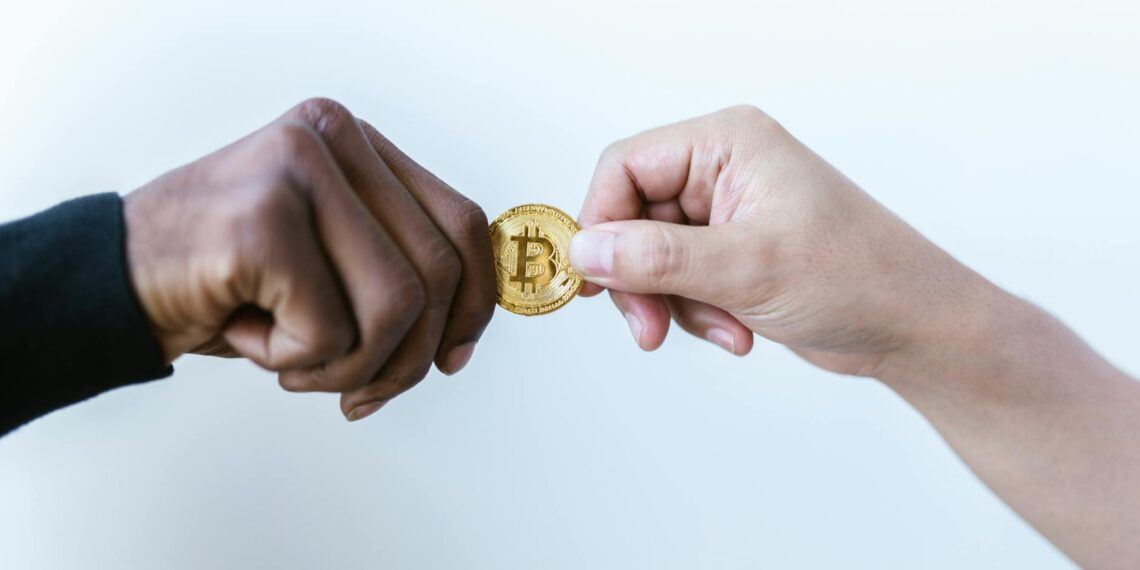The value of a V nickel, also known as a Liberty Head Nickel, can vary significantly depending on several factors, including:
- Year of minting: Key dates such as 1885, 1886, and the 1912-S are generally more valuable than other years.
- Condition: The better the coin’s condition (less wear, good details), the higher its value.
- Rarity/Mintage figures: Years with lower mintage figures are often more scarce and desirable to collectors.
- Common Dates (e.g., 1899-1912): Typically worth $2 to $70, depending on the grade.
- Semi-Key Dates (e.g., 1894, 1912-D): Can range from $20 to $300.
- Key Dates (e.g., 1885, 1886, 1912-S): These can command much higher prices, starting from hundreds of dollars and reaching into the thousands for better grades. For instance:
– An 1885 V-Nickel in uncirculated condition could be worth over $1500.
– An 1886 V-Nickel in fine condition could sell for over $200.
– A 1912-S V-Nickel in good condition might fetch at least $100.
Proof V Nickels, specially struck for collectors, also exist and can be significantly more valuable than their circulating counterparts, ranging from $145 up to tens of thousands of dollars depending on the specific year and grade.
- 1883 “No CENTS”: The initial design lacked the word “CENTS,” leading to the infamous “Racketeer Nickels” where some were gold-plated and passed as $5 gold pieces. Prices for the “No CENTS” variety generally range from $7 for a good condition coin to $55 for MS60-62.
- 1883 “With CENTS”: The design was quickly corrected to include the word “CENTS” to address the counterfeiting issue. These range from $20 for good condition coins to over $200 for high-grade specimens.
- 1885: Considered the scarcest date with a low mintage, making it highly sought after.
- 1886: Another key date with a relatively low mintage, making it scarce.
- 1912-S: The only year the V-Nickel was minted in San Francisco, with a very low mintage, particularly in well-preserved condition.
A coin’s grade significantly impacts its value. For V Nickels, key areas to examine include:
- Obverse (front): Liberty’s coronet (especially the word “LIBERTY”), cheek, and hair details.
- Reverse (back): The wreath details and the clarity of the large Roman numeral “V”.
Higher grades (e.g., Fine, Very Fine, Extremely Fine, Uncirculated) command higher prices.
- Cleaning: Never clean a V Nickel (or any collectible coin) yourself, as it can significantly reduce its value.
- Professional Grading: If you believe you have a valuable V nickel, consider having it professionally graded by services like PCGS or NGC. This can provide an accurate assessment of the coin’s condition and authenticity, which can help determine its market value.
- Counterfeits: Be aware of counterfeit V nickels, particularly the “Racketeer Nickels”. Genuine racketeer nickels, if they can be authenticated, show signs of wear consistent with circulation after being plated.
You can find further details about specific years, grades, and their values in numismatic resources like the [Red Book] or [Greysheet] . Specialized books on Liberty Nickels, such as those published by Whitman, also provide valuable insights. You can also consult websites like [www.coincollecting.com] and [Stack’s Bowers] for further information.








